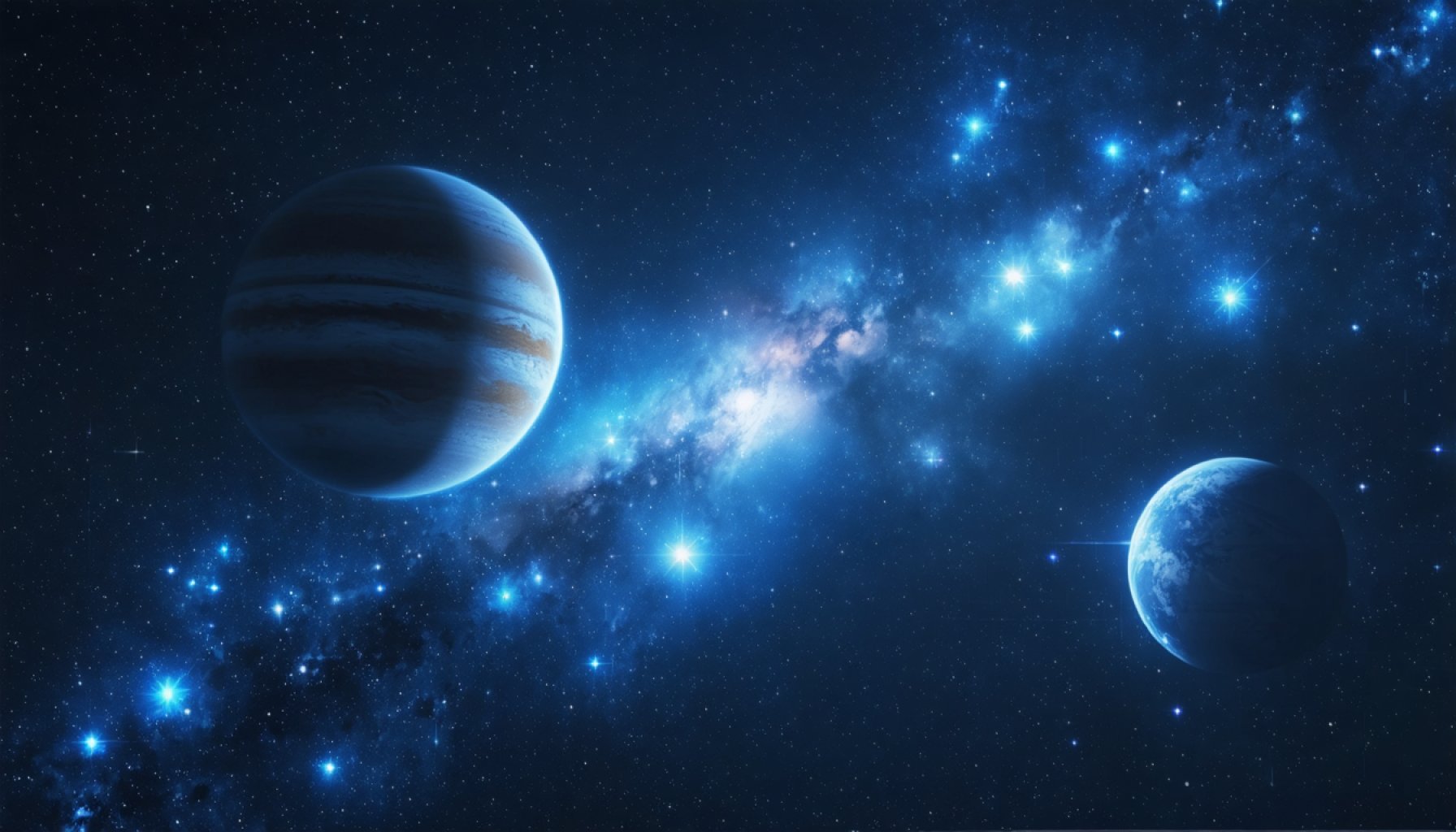- The Lyrid Meteor Shower debuts on April 17, peaking on April 22 with up to 20 meteors per hour.
- A planetary alignment featuring Venus, Saturn, and Mercury unfolds on April 19, best viewed just before sunrise.
- The Eta Aquariid Meteor Shower begins on April 20, peaking in early May with 30–60 meteors per hour, ideal for nighttime viewing.
- Boötes, the celestial herdsman, is a noteworthy constellation in the northern sky, with Arcturus as its star.
- The current celestial events offer a chance for reflection and appreciation of the universe’s beauty.
A mesmerizing cosmic ballet awaits this week as the night sky becomes a canvas of celestial marvels. As the luminous pink moon wanes into darkness, it bows out, giving way to a striking meteor shower and a parade of planets in the early morning hours.
The Lyrid Meteor Shower makes its debut on April 17, marking the start of a thrilling stargazing season. This meteor shower, known for its sporadic bright fireballs, is an annual spectacle that stretches through April 26. While the peak, promising up to 20 meteors per hour, won’t occur until the early hours of April 22, dedicated stargazers who brave the late-night chill this week might still glimpse these ethereal streaks racing across the velvet sky.
By Saturday, April 19, as the Earth spins toward dawn, a planetary alignment begins to unfold. Venus and Saturn, recently released from the sun’s glare, join forces with Mercury for a short-lived pre-dawn dance. This elegant alignment is not only a treat for the eyes but an invitation to practice patient observation, as Mercury, the swift and elusive planet, reveals itself just before sunrise. Binoculars in hand, you’ll catch Venus shining brightest, a beacon in the quiet solitude of the morning sky.
April 20 heralds the arrival of the Eta Aquariid Meteor Shower, a long-lasting display birthed from the debris of legendary Halley’s Comet. Stretching until May 21, its peak in early May promises up to 30 shooting stars per hour in the Northern Hemisphere and a staggering 60 for those gazing from the South. This coincides with the moon entering its last quarter, making the early evening hours devoid of lunar interference, perfect for uninterrupted stargazing.
In the midst of these cosmic events sits Boötes, the celestial herdsman, patiently waiting to be discovered. High in the northern sky, the handle of the Big Dipper guides your journey to Arcturus, a beacon of golden light. Shape it into a cocktail glass if you will; the night sky is yours to interpret.
Each shimmering highlight this week invites us all to step outside, look up, and revel in the wonders of the universe. As we share in these stellar moments, may your skies be clear and your eyes wide to the wonders of the cosmos.
This Week’s Cosmic Spectacles: How to Make the Most of Celestial Events
The night sky is putting on an extraordinary show this week, with several celestial events unfolding for eager stargazers. If you’re ready to witness meteor showers and dazzling planetary alignments, here’s some additional information and tips to enhance your experience.
Lyrid Meteor Shower: What to Know
How to View:
– Peak Viewing Times: From midnight until dawn, particularly on April 22.
– Best Methods: Find a dark location away from city lights. Give yourself about 30 minutes for your eyes to adjust to the darkness.
– Tools: While no special equipment is needed, a reclining lawn chair can provide comfort during long viewing sessions.
Interesting Facts:
– The Lyrids are known for their unpredictable nature, sometimes producing outbursts of up to 100 meteors per hour.
– They originate from the comet Thatcher, which takes 415 years to orbit the sun.
Planetary Alignment of Venus, Saturn, and Mercury
How to Spot:
– Timing: The best chance to see this alignment is just before sunrise on April 19.
– Key Tip: Use binoculars to spot Mercury, as its close proximity to the horizon and the Sun’s glare make it difficult to see with the naked eye.
Real-World Use Cases:
– Ideal for amateur astronomers to practice identifying planets and understanding planetary motion.
– A perfect opportunity for photography enthusiasts to capture the planetary dance.
Eta Aquariid Meteor Shower: Maximum Impact
Viewing Conditions:
– Peak Visibility: Early May, but meteors can be seen from late April.
– Location Bonus: Southern Hemisphere viewers may see up to twice as many meteors as those in the Northern Hemisphere.
Fun Insight:
– The Eta Aquariids are the result of Earth passing through the debris trail left by Halley’s Comet, lending a bit of cometary history to each shooting star.
Discovering Boötes and Arcturus
Constellation Tips:
– Finding Boötes: Locate the Big Dipper first. Follow the arc of its handle to “arc to Arcturus.”
– Significance: Arcturus is the fourth brightest star in the night sky and a giant red star nearing the end of its life cycle.
Addressing FAQs
Can I see these events with the naked eye?
Yes, both meteor showers and planetary alignments can be seen without telescopes. However, binoculars can enhance your viewing experience, especially for planets.
What if the weather is cloudy?
Consider using online resources or mobile apps that track celestial events through live feeds.
Actionable Tips for Stargazers
1. Prepare in Advance: Check weather forecasts and choose a clear night to head out.
2. Dress Appropriately: Even in warmer months, nights can be chilly. Bring layers to stay warm.
3. Stay Safe: If traveling to a remote location for dark skies, inform someone of your plans and take precautionary safety measures.
For those intrigued by the mysteries of the sky, following these events and tips can turn a simple night stargazing into a memorable cosmic journey. If you’d like to explore more about upcoming celestial activities, visit NASA for updates and educational resources.
Get ready to immerse yourself in the magic of the universe, and may your skies be clear for an unforgettable celestial experience!
